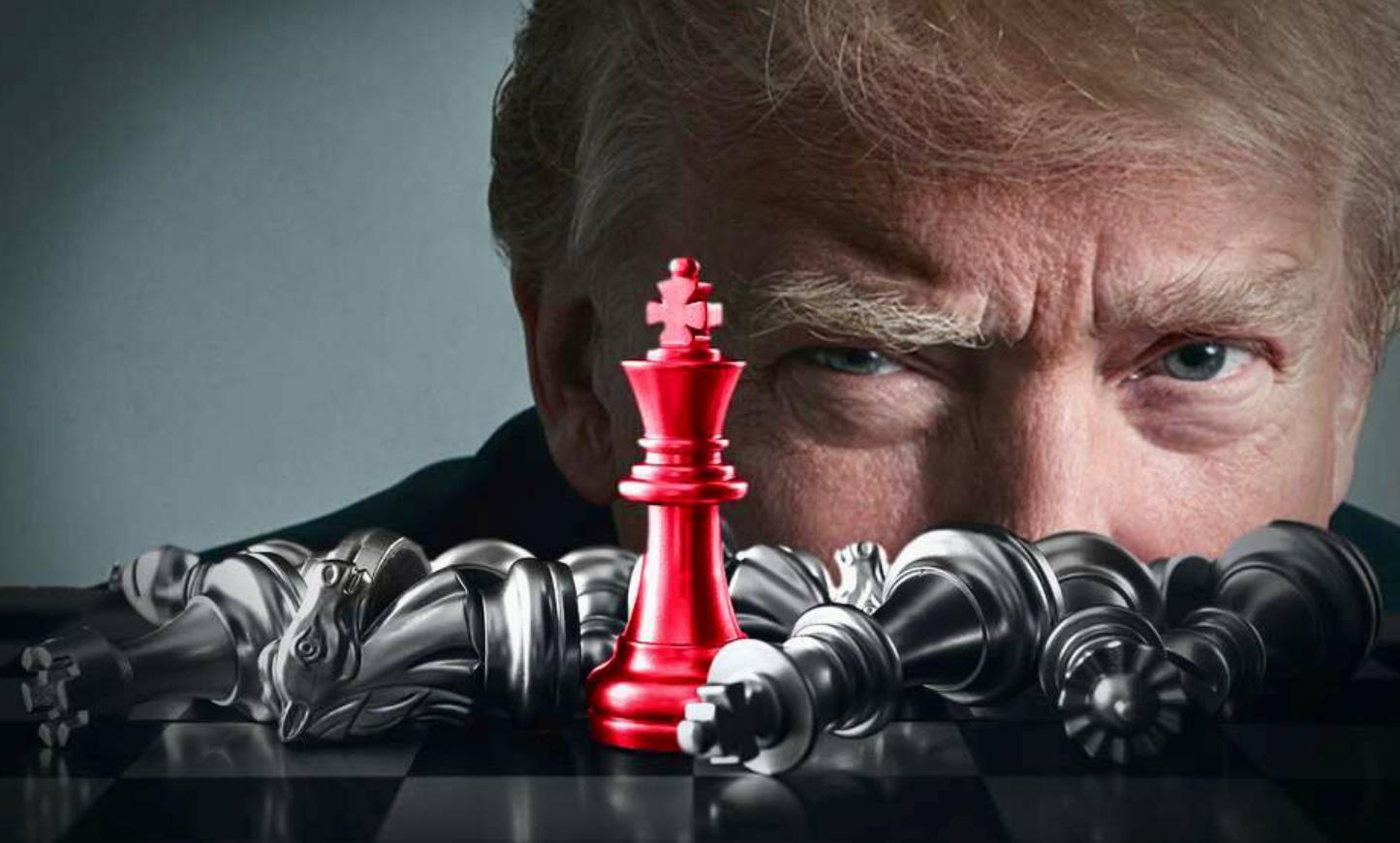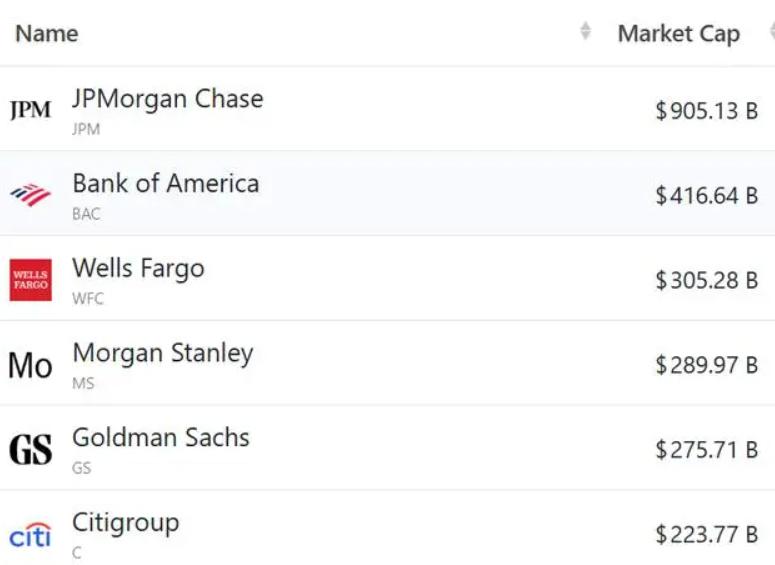
As US bonds and stocks experience historic sell offs simultaneously, global financial markets are experiencing an unprecedented crisis of trust. On April 10th, the yield of 10-year US Treasury bonds exceeded 5%, and the yield of 30-year bonds hit 5.5%, marking the largest weekly increase in 40 years. This drastic fluctuation not only goes beyond the scope of a simple economic cycle, but also directly points to the trust foundation of the global economic system.
In traditional perception, US Treasury bonds, as the safest safe haven asset in the world, exhibit a "seesaw effect" with risky assets - when the stock market falls, capital will flood into the bond market seeking safety. However, the simultaneous large-scale sell-off of US bonds and stocks reveals the fundamental nature of market confidence in the US economy and policies.
Data shows that the rate of yield surge is astonishing, with the 10-year US Treasury yield soaring from 4.2% to 4.47% in just 4 days, and the 30-year yield rising nearly 0.5 percentage points in 3 days, far exceeding the volatility during the 2008 financial crisis.
The scale of selling is exceptionally large, with hedge fund basis trading reaching trillions of dollars, and the high leverage attribute amplifies market volatility. When the tariff policy triggers an increase in inflation expectations, the panic liquidation of basis trading leads to liquidity depletion, reproducing the crisis scenario of the early stages of the 2020 pandemic.
The root cause of the US Treasury turmoil lies in the serious disconnect between the Trump administration's policies and fiscal reality. Although the tariff policy aims to protect American industries, it has pushed up domestic inflationary pressures and forced the Federal Reserve to maintain high interest rates. The debt ceiling deadlock and the out of control fiscal deficit have further raised fundamental doubts among international investors about the creditworthiness of the US government.
The closed-loop of policy backlash: tariffs push up import costs → exacerbate domestic inflation → the Federal Reserve is forced to raise interest rates → US bond yields rise → government financing costs surge → fiscal deficits widen → tariff policies further escalate.
Debt ceiling game: Both parties use debt risk as a political bargaining chip and repeatedly tug of war, which has seriously damaged the international market's trust in the political stability of the United States. Even if an agreement is ultimately reached, this' wolf's play 'game will eventually overdraw US dollar credit.
The shaking of US Treasury bonds as a global asset pricing benchmark is triggering a profound restructuring of global capital flows. The pressure on the US dollar exchange rate, capital outflows from emerging markets, and rising demand for safe haven assets such as gold indicate the arrival of a new era - the possible end of the US dollar hegemony. The current turmoil in US Treasury bonds is not a technical adjustment, but a concentrated outbreak of contradictions between the US economic model, policy orientation, and global financial order. If the policy direction is not corrected in a timely manner, the soaring yield will evolve into a chronic crisis like "boiling a frog in warm water" and ultimately backfire on the US economy.
Global investors should re-examine their hedging logic, as demand for traditional safe haven assets such as gold and the Japanese yen is on the rise. However, they need to be vigilant about the exchange rate risks brought about by the sharp fluctuations in the US dollar exchange rate. Diversify to emerging market bonds, euro assets, and commodities to hedge against uncertainty in the US bond market. The unpredictability of the game between tariff policy and debt ceiling will become the core variable of future market fluctuations.
The sharp decline in US Treasury bonds and soaring yields is not only a financial storm, but also a landmark event in the transformation of the global economic model. When 'risk-free assets' are no longer safe, and when the dominance of the US dollar cracks, global investors need to abandon inertia and rebuild asset allocation frameworks that are suitable for a multipolar world. For the United States, if it continues its beggar thy neighbor policy, it will eventually find that the hand wielding the tariff stick is smashing the cornerstone of its financial hegemony.
The aftermath of this storm may reshape the global financial order and promote the diversification of the international monetary system. In this transformation, only by maintaining policy stability and fiscal sustainability can we occupy a place in the new global economic landscape.

Driven by the Trump administration's push to relax financial regulations and the recovery of investment banking business, the market value of the six major banks in the United States has cumulatively increased by approximately 600 billion US dollars by 2025.
Driven by the Trump administration's push to relax financia…
On Christmas evening, U.S. President Trump posted on social…
According to multiple foreign media reports, the recent fin…
The middle class, once regarded as the cornerstone of Ameri…
On December 19th local time, the US military launched a lar…
The Boxing Day sunshine should have cast a false glow of pr…